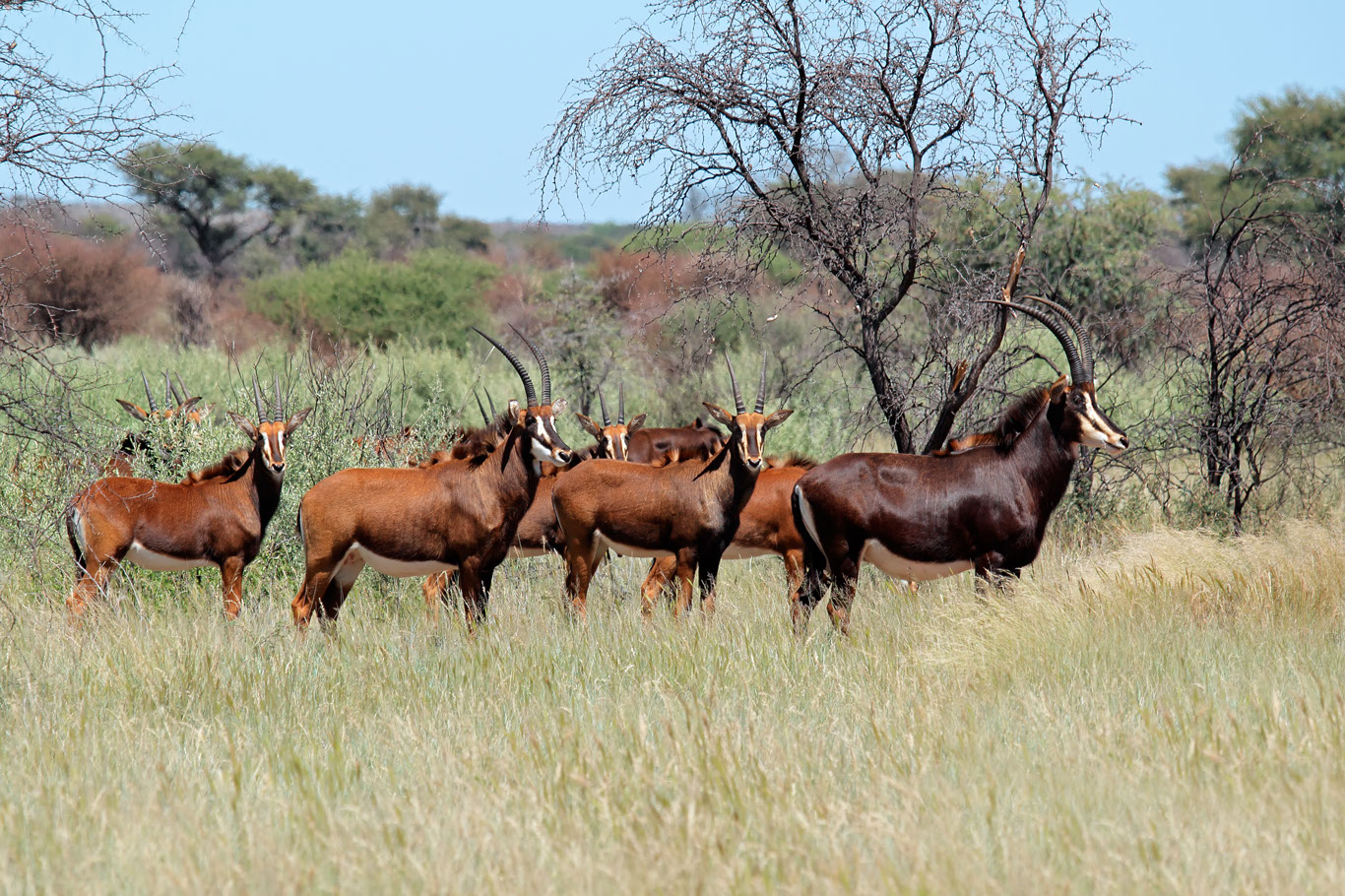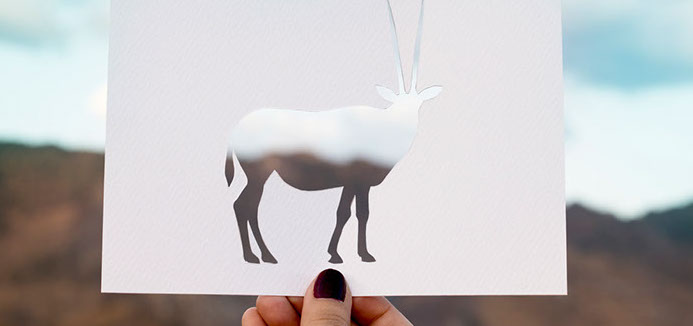

The NWU could soon have its own Centre of Excellence in Wildlife Farming, if a new face on campus, and expert in the field, gets his way.
The Faculty of Natural and Agricultural Sciences at the campus in Mahikeng has welcomed on board Prof Paul Lubout who says animal science and animal breeding make him "tick".
"The unexploited disease resistance, adaption to climate change and genes in wildlife (genomics) is South Africa's new gold in the global bio-technological world that has to be mined to the benefit of this country and all its citizens," believes Paul.
Realising the potential of wildlife
Paul ventured into the livestock breeding industry in 2001 and within a couple of years realised the great potential of wildlife.
Part of Paul’s research interest is the selection for horns (trophies) as a potential additional income to game meat production.
“I discussed the development of wildlife registration, performance recording and genetic analysis systems with an Australian supplier of similar software to the livestock industry in South Africa, and they agreed to assist me with the development," explains Paul.
Developments in the wildlife industry
He says the basis of the livestock registration system and performance recording systems were used and horn traits were added. Measurements methodologies and standards were developed for horn traits of 17 wildlife species, and the system became operational in March 2013.
DNA tests for accurate parentage verification were developed and there are currently four laboratories offering DNA profiles and parentage verification to the South African wildlife industry. In addition, the methodology for the diversity management using DNA parentage profiles was developed and this service is now also available for all wildlife species via DNA labs.
Paul says once data collection commenced, species standards of excellence were developed for the 17 species. With the publication of the first two articles on wildlife species – dealing with buffalo and sable antelope – scientific selection for superior horn growth is now possible.
eish! found some interesting information about antelope horns:
Here are a few interesting facts about antelope horns and how the animals use them. By clicking on the links, you will be able to see which internet articles were our sources.
Antelope horns
Antelope horns are efficient weapons. The animals use their horns to protect themselves, or their herd, from many predators. They also use them when fighting against other antelopes during mating season.
READ MORE
Most antelope species
In most antelope species, both sexes have horns, but those of males tend to be larger. There are however a number of species with hornless females.
The size and shape of antelope horns vary greatly. Those of the duikers and dwarf antelopes tend to be simple "spikes", while other groups have twisted horns (for instance the common eland), or spiral horns (for instance the greater kudu).
READ MORE
Kudu bull
A kudu bull has the longest horns of all the antelope that occur in the Kruger National Park. At the age of nine months a male kudu sports two short horns, which begin to grow and curve with age to form the corkscrew shape typical of mature bulls.
There have been observations of jousting kudu bulls interlocking their spiral horns and being unable to disengage – these helpless contestants soon fall prey to predators.
READ MORE






Wildlife expert Prof Paul Lubout is a new addition to the
Faculty of Natural and Agricultural Sciences at the campus in Mahikeng.
WILDLIFE
INDUSTRY
Unlocking the economic potential of SA's


